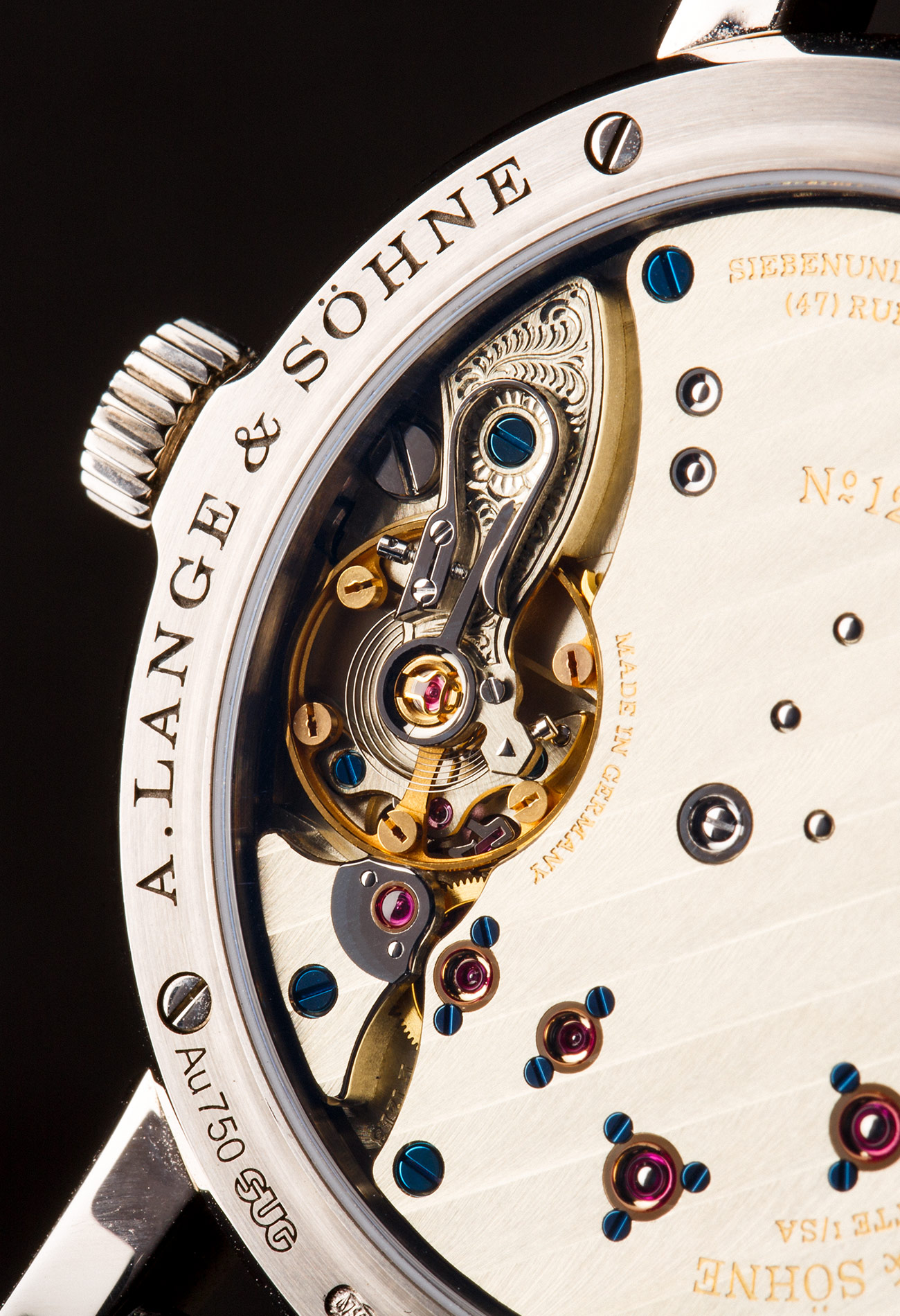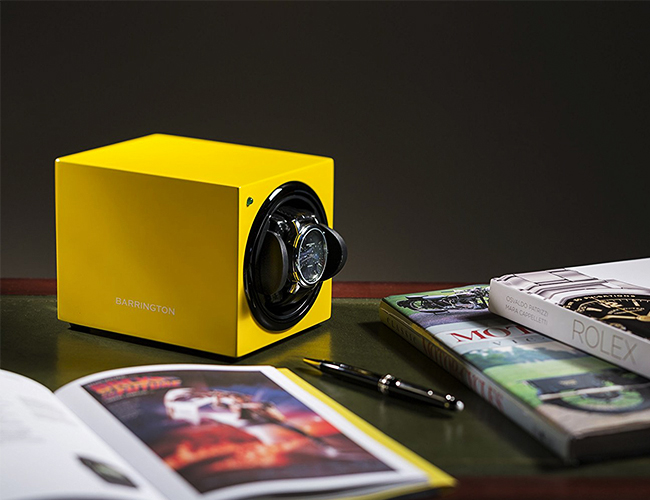About a year ago, I coordinated a watch loan — specifically a Wiess mechanical field watch — for a photo shoot a colleague was working on. He, for all intents and purposes, wasn’t a watch guy, whose opinions on timepieces were mostly concerned with aesthetics. Usually “that’s an ugly watch.” It was to my surprise, then, that once he had returned the Weiss to me, he said something along the lines of this: “I like that you have to wind it to get it going. Really makes it apparent [that] it’s mechanical.”
This has stuck with me for two reasons. One, this was probably the only time I witnessed somebody really getting the whole mechanical watch thing for the first time. Secondly, now that I own a hand-winding watch that I wear on a daily basis, I feel the same way. It’s a shame, then, that there’s a dearth of hand-winding watches on the market.
There are a few instances where this isn’t true — many niche-within-a-niche watch types have them; examples include the classicly-styled field watches such as the Weiss or ultra-thin dress watches, like Christopher Ward’s C5 595. Aside from those, most mechanical watches these days come packing automatic winding. I reckon that if you were to ask a watch executive or designer why this is, they’d tell you nobody actually wants to have to wind their watch every day.
Which is a shame. There are a couple of advantages that hand-winders have over their automatic counterparts. The big one is size. Automatic watches are almost always thicker than hand-winders because they need an oscillating rotor affixed to the bottom of the movement to wind up the mainspring. This, in turn, adds to the height of the movement, thus making the overall watch fatter. It’s for this reason that most ultra-thin watches favor hand-winding.
Hand-winding also leads to prettier movements. The other big downside to an automatic rotor is that it will always obscure about half of the movement if it’s visible through a transparent case back. Take it away, though, and you have full access to the bridges, screws, gears and other machinery. It may seem trivial, but for so many enthusiasts the appeal of having a high-end watch is experiencing the machinery underneath.

Hand-winding watch is one of the few instances in which the wear can truly engage with their watch. No matter how you want to justify watch collecting as a hobby, there’s no getting around how fundamentally passive it is. Find a watch, buy a watch, affix watch to the wrist, then look at it. That’s it. But physically having to wind a watch adds another tactile dimension to the experience. Sure, that tactile experience may come at the cost of convenience, but it’s worth it.
When I first got my hand-winding watch, I’ll admit that I initially often forgot to wind it, only to find my watch hours behind the actual time when I looked down to check it. I quickly learned to make winding a daily ritual upon waking up: twist the crown, hear it rachet, feel the mainspring tighten until you can’t turn the crown anymore. It’s weirdly soothing.
Like shifting between gears in a manual transmission car, or placing the needle on a spinning record, it’s an obsolete-yet-satisfying act that deserves to be preserved amongst enthusiasts. Yes, it’s overly whistful and wholly unnecessary today. Then again, we’re talking about collecting an arachic timekeeping technology here. It comes with the territory.
While some are willing to pay for the convenience, the idea of a watch winder as an essential tool of watch ownership is largely unfounded. Read the Story


